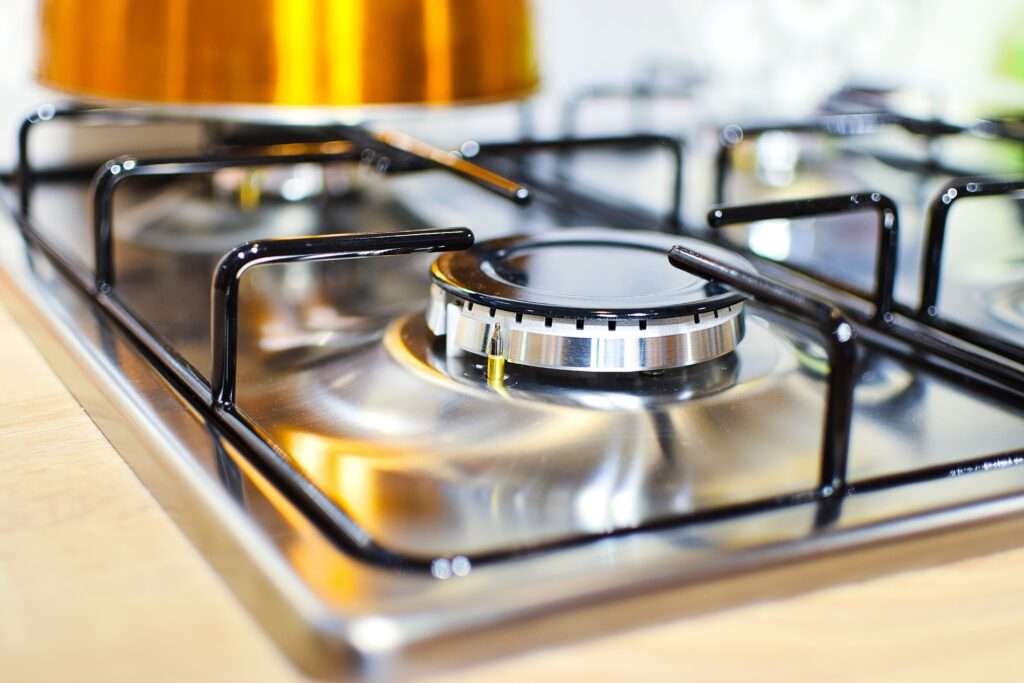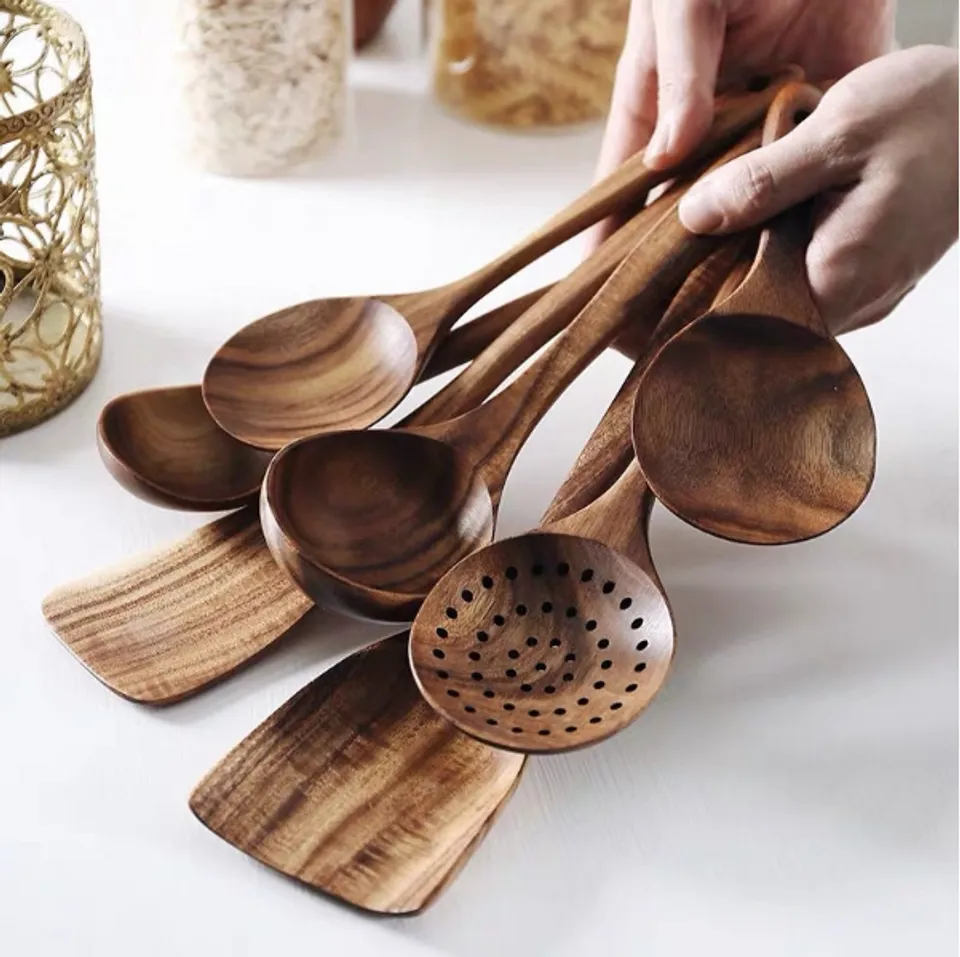In the pursuit of a healthier lifestyle, the kitchen serves as the cornerstone of transformation. It’s not just a space for meal preparation; it’s where choices are made, habits are formed, and health goals are nurtured. Designing a kitchen that fosters healthy eating can significantly influence behavior and outcomes.
1. Keep your Kitchen Clean and Tidy

Cleanliness and tidiness are the most important parts to promote healthy eating and overall wellbeing. They help not only to keep your physical health well but also your psychological health. It helps to reduce stress and anxiety. A clean environment always encourages you to improve cooking skills and food quality.
2. Combine your Favorite Hobbies

Cooking is also a great hobby, but for some people, cooking is just a necessity of life. Sometimes people get bored with their daily routine. However, if you infuse your other hobbies to design your kitchen, cooking will ultimately become an interesting part of your life. For example, if you are interested in art or you are an artist yourself, then incorporate some of your own artwork into your kitchen décor. It will seem like a mini art exhibition with food. When guests come to your house, you can bring them to your kitchen and show them your beautiful creations. The combination of cooking and art can create a joyful environment in your kitchen and encourage you to improve your food quality.
3. Create an Organized Chopping Station

Contamination is the primary cause of foodborne illness, often starting from our chopping boards, which we may not even realize. According to kitchen policy, there are different colors of chopping boards for different materials. For instance, the “red” colored chopping board is used for raw meat, “yellow” for cooked meat, “blue” for handling raw fish, “white” for dairy products like milk, butter, and cheese, “green” for chopping fruits, and “brown” for chopping vegetables, onions, or leafy greens. However, many people are not aware of this. It’s advisable to keep at least three chopping boards in your kitchen for different materials, as this can help prevent foodborne illness.
4. Introduce Plants and Herbs

In the above, I was discussing hobbies. If your hobby is gardening, you get an extra benefit when designing your kitchen. You can introduce plants and herbs into your kitchen space. Adding greenery to your kitchen décor can instantly breathe life into the space and create a fresh, inviting atmosphere. It feels like you are in touch with nature while you are cooking. Additionally, it helps to reduce stress. Plants will give you a sense of nature and fulfill your need for herbs in cooking as well.
5. Invest in Quality Cookware and Appliances


Quality cookware and appliances are essential tools for preparing nutritious meals efficiently. Investing in durable pots, pans, and kitchen gadgets not only enhances the cooking experience but also encourages healthier food choices. Opt for cookware made from safe and non-toxic materials such as stainless steel, cast iron, or ceramic coatings. Avoid non-stick cookware containing harmful chemicals like PFOA and PTFE, which can leach into food.
6. Separate Bin
Effective waste management is crucial for maintaining a clean and hygienic kitchen environment. By incorporating separate bins for different types of waste, you can encourage recycling, composting, and responsible disposal practices. Here’s how to implement a waste management system in your kitchen:
- Recycling Bin

Place a dedicated recycling bin in your kitchen to collect recyclable materials such as paper, plastic, glass, and metal. Make sure the bin is easily accessible and clearly labeled to encourage family members to recycle regularly.
- Compost Bin

Composting organic waste, such as fruit and vegetable scraps, coffee grounds, and eggshells, reduces landfill waste and produces nutrient-rich compost for gardening. Keep a compost bin or container in your kitchen for collecting food scraps, and transfer them to an outdoor compost pile or bin as needed.
- Trash Bin with Lid

Use a lidded trash bin to contain household waste and prevent odors and pests. Choose a bin with a secure lid that seals tightly to trap odors and keep insects and rodents out. Empty the trash bin regularly to maintain a clean and sanitary kitchen environment.
- Educate Family Members

Educate your family members about the importance of waste reduction and responsible waste management practices. Encourage them to participate in recycling, composting, and proper waste disposal activities to minimize their environmental impact and promote sustainability.
These are the primary steps to make kitchen healthy eating friendly. By implementing these tips, you can design a kitchen that not only facilitates healthy eating but also fosters a positive relationship with food. With the right environment and mindset, achieving and maintaining a healthy lifestyle becomes an enjoyable and sustainable journey for the whole family.
